Tariff ruling is a setback for Trump but doesn’t end trade war
Trade experts say Trump won’t abandon levies after court decision sows confusion
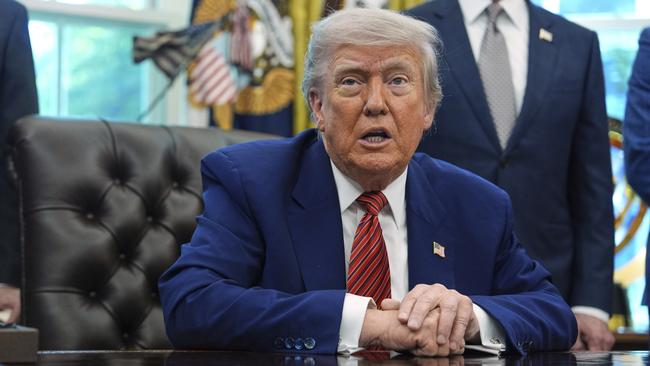
Shortly after the news broke that a US court invalidated almost all of President Trump’s tariffs, one Vietnam-based furniture exporter responded with an astonished text: “WHAT???”
The decision by a little-known US federal court heightened uncertainty over over the US assault on global trade, the latest in a series of escalations and reversals over trade policy that have whipsawed financial markets and scrambled corporate decision-making.
The bottom line, say trade experts, is that the global trade war is far from over. While a setback for the Trump administration, the ruling is unlikely to deter the president from seeking to rewrite the rules of global commerce in America’s favour or lead him to abandon tariffs as the principal tool to do so.
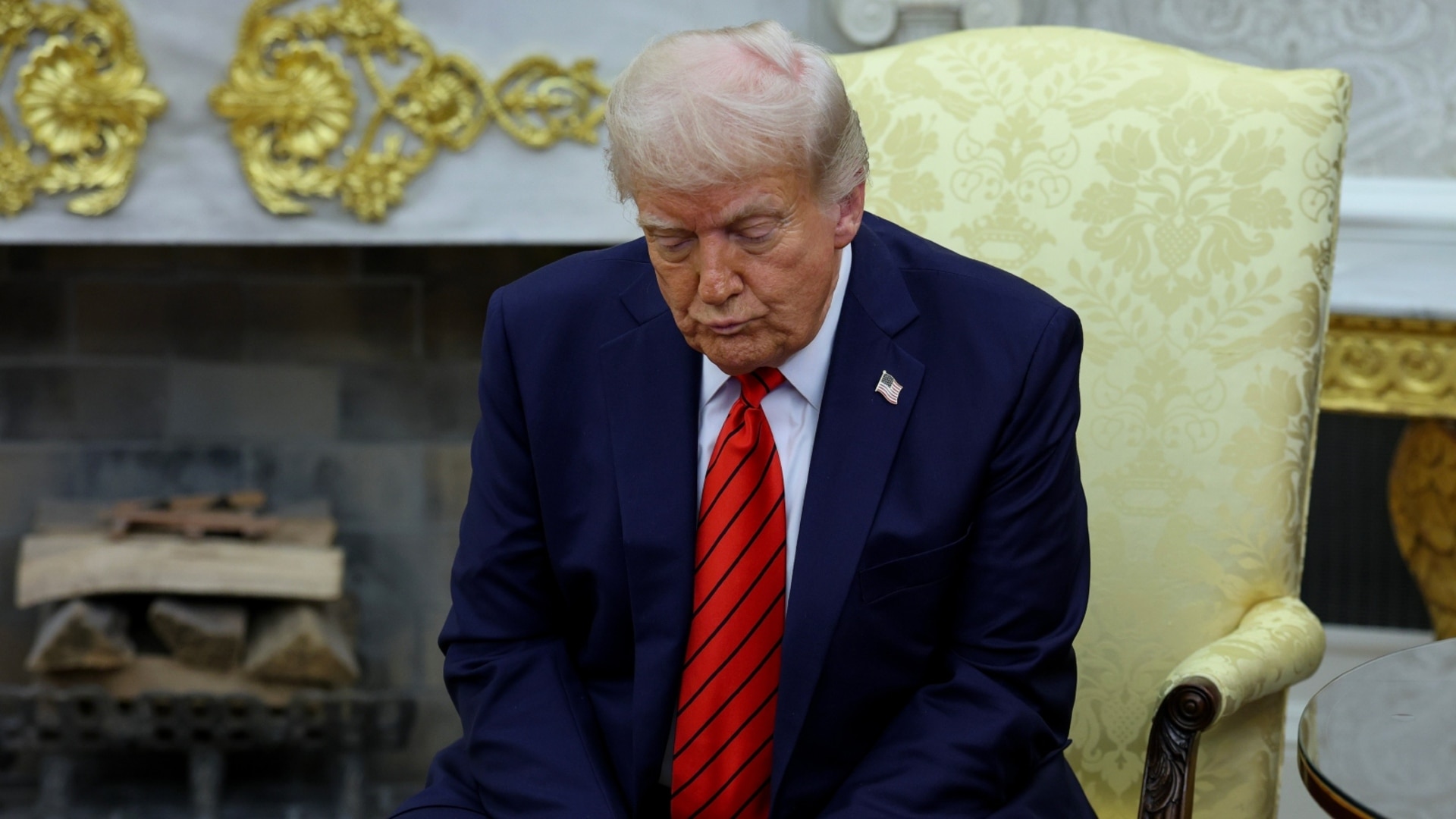
The Trump administration asked the court late Wednesday to pause the ruling while it pursues an appeal. Not doing so would endanger foreign policy and national security, the administration said in its motion for a stay. Having ruled Trump’s efforts unlawful, the lower-court panel is unlikely to pause its own ruling, which would compel the administration to look to the higher courts for relief.
The appeal could ultimately land the case in the Supreme Court. Trade experts and lawyers said the administration has other legal avenues to prosecute the trade war uninhibited by Wednesday’s decision.
“This is just one more bump in the tariff road that we are going to be on for as long as Trump remains in office,” said Deborah Elms, head of trade policy at the Singapore-based Hinrich Foundation, which advocates for free and open trade. “He loves tariffs and he loves the idea of being able to impose them at will, and I don’t think he’s going to give that up easily.”
The New York-based Court of International Trade ruled that the president overstepped his authority in invoking powers granted to the executive in an economic emergency to impose sweeping tariffs on April 2 on all US trade partners.
The judgment undermines the legal basis for those “reciprocal” tariffs — which the administration paused for 90 days to allow time for negotiations — that are the centrepiece of Trump’s effort to rein in the US’s yawning trade deficit. The court also shot down special levies of 20 per cent imposed on Canada, Mexico and China for their alleged role in the US fentanyl crisis.
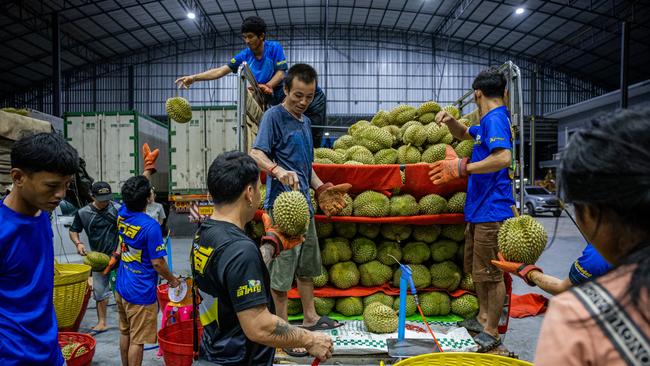
Stocks in Asia rose Thursday following the ruling, with investors warming to the prospect of faster economic growth as trade tensions ease. Hong Kong’s Hang Seng Index closed up 1.4 per cent, while Tokyo’s Nikkei benchmark gained 1.9 per cent.Business executives said they weren’t sure how to navigate the legal fog.
“It’s extreme whiplash for sure,” said Cassie Abel, chief executive at outdoor apparel maker Wild Rye, in Ketchum, Idaho.
Her 11 employees have ripped up contingency plans and created new pricing models again and again as they try to keep pace with the trade war. This has made it harder to focus on fall product introductions, Abel said. “We obviously very much appreciate this decision, but unfortunately a lot of damage has already been done,” she said.
William Su, who splits his time between Taiwan and New York as chief executive officer of Teamson, which sells China-made products such as toys in the US said, “Some large retailers are asking us to see if we can ship more now.” But muddiness about the future of tariffs on China could deter retailers from approving new production, he said.
Some executives said they expected Trump to search for other ways to reimpose steep tariffs on China and potentially other Asian economies that run large and persistent trade surpluses with the US, including Vietnam, South Korea and Japan.
“I don’t think it will change much as US customers will keep on moving products out of China as the focus of Trump is clearly China. Just adding to more instability with everyone wondering what Trump’s next step will be,” said Michel Bertsch, who runs a furniture-manufacturing company in Vietnam that exports to the US.
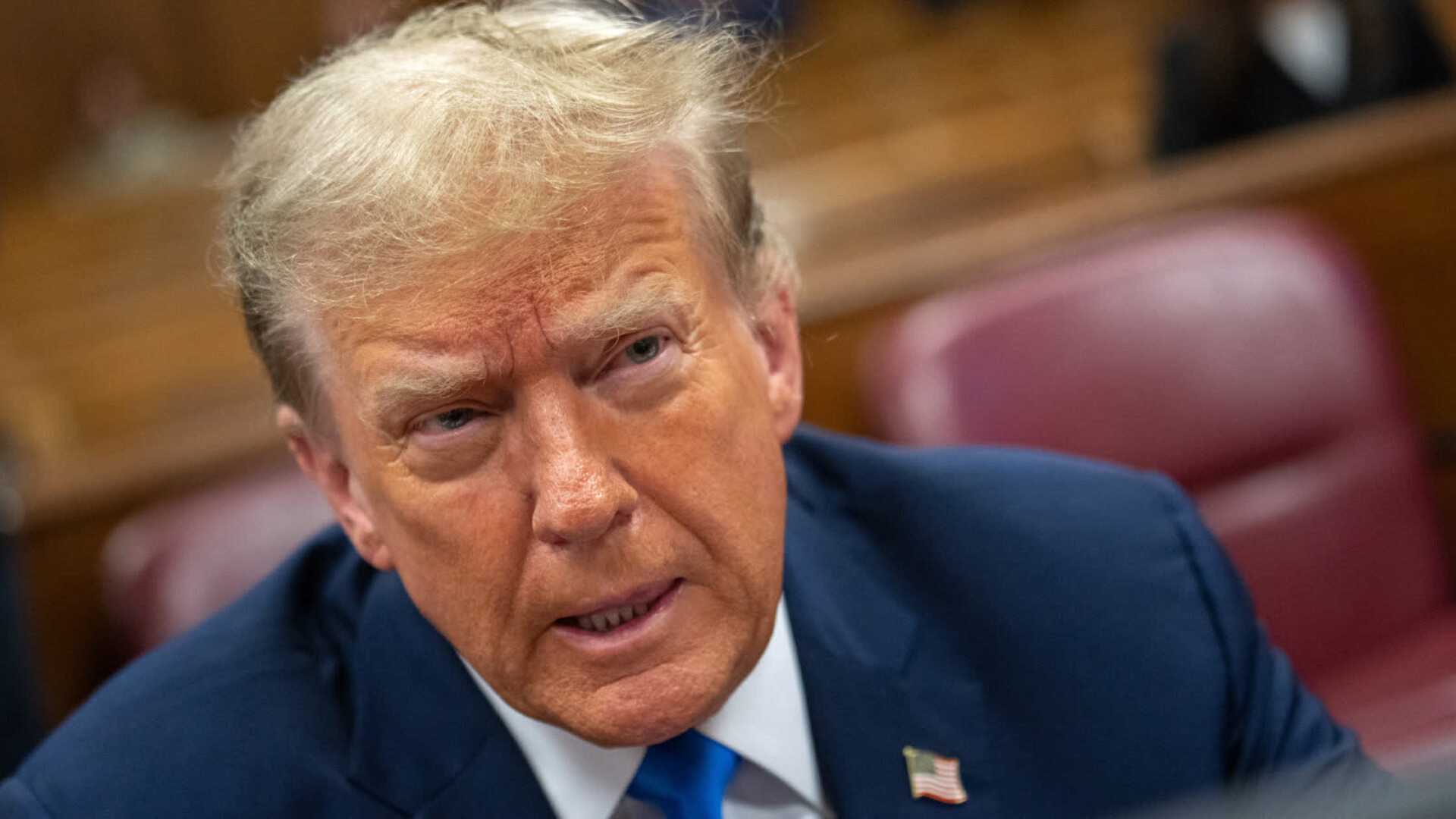
Trump’s tariffs and reversals have upended supply chains in Asia, Europe and Latin America. Importers from China canceled billions of dollars’ worth of orders after Trump placed 145 per cent tariffs on the country, only to rush to revive some of them when Washington and Beijing reached a truce to lower duties. Companies have put investment on hold amid the uncertainty.
The court’s decision doesn’t affect other tariffs imposed on US imports, including 25 per cent levies placed on steel, aluminum and cars. Those levies were imposed using alternative legal avenues to those questioned by the New York court.
Those more conventional avenues, known as Section 232 and Section 301, give the president substantial authority to impose tariffs, though they tend to be used to target imports in specific sectors and don’t confer the broad power to levy all goods in the way the president had sought.
The Trump administration says sweeping tariffs are necessary to counter what it says are unfair practices of US trading partners that have contributed to the US’s large and persistent deficit in trade in goods.
The 90-day tariff pause announced not long after April 2 sparked a stampede by countries eager to strike trade agreements with Trump to avoid the new tariffs. The US reached agreement with the UK over tariff reductions and a framework for further talks, and agreed with Beijing a marked de-escalation in a bilateral trade fight that saw Washington and Beijing push tariffs on each others’ products above 100 per cent. The truce brought new tariffs on most Chinese goods dowUn to around 30 per cent, though some products face additional levies.
Progress with other trading partners including the European Union, South Korea and Japan has been slow. Trade experts say the court ruling complicates those negotiations because countries might be less willing to make concessions on trade if the courts ultimately decide the basis for Trump’s move was faulty.
“Do you still negotiate knowing the whole thing might get settled with the bang of a gavel?” said Paul Nadeau, an associate professor in international affairs at Temple University’s Japan campus.
Wall Street Journal





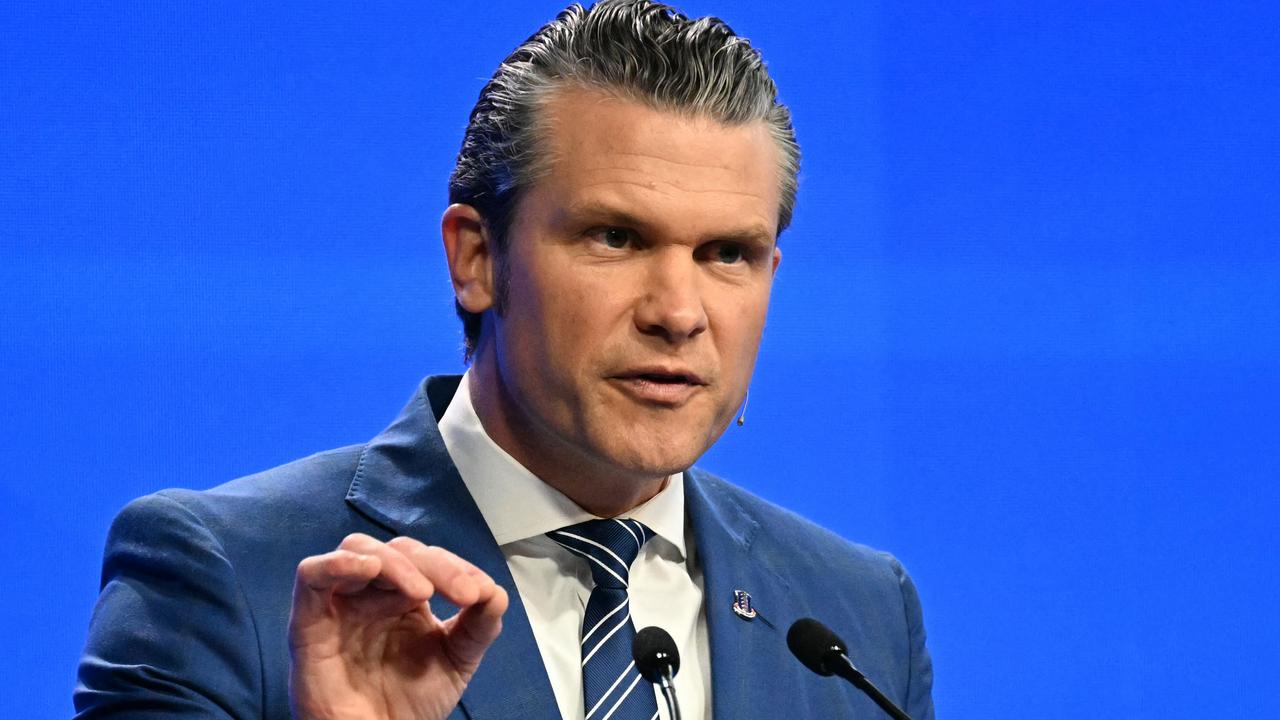
To join the conversation, please log in. Don't have an account? Register
Join the conversation, you are commenting as Logout